incl. VAT plus shipping costs
Immediate delivery, express possible ![]()
More than 20 Articles in stock
Delivery only innh. Germany and Austria possible.
Switch to the German store
- Item no: 7816
Fast delivery times
All products are in stock with us!14 years of breeding experience
Let our team of experts advise you!High customer satisfaction
from over 3,000 reviews "| Origin: | South America |
| Pelvic region: | Below |
| Temperature: | 25-30 °C |
| Visual effect: | interesting body shape |
| Feature: | Interesting coloring |
| with fish?: | Yes, with peaceful fish |
| Water values: | Soft water |
| Diet: | limnivorous - growth eater (algae) |
| Final size: | > 12cm |
| Fish group: | Catfish |
| Aquarium size: | 200 l (approx. 100cm) |
| Difficulty: | 2 - Normal |
| with shrimps?: | with dwarf shrimp, offspring may be eaten |
| Planting possible?: | Yes |
| with snails/shells?: | Yes |
| Behavior: | Normal |
| with large crabs?: | No |
| Breeding: | heavy |
| with dwarf crabs?: | No |
| with crabs?: | No |
The distribution range of Sturisomatichthys festivus is among others in Venezuela in Colombia, but also in the Amazon basin, in the Orinocco delta up to Guyana. In 2016, a revision of the genus Sturisoma was made by Covain et al. as a result of which some species were transferred from Sturisoma to Sturisomatichthys. All species occurring west of the Andes are affected here. Here also the sailfin sturgeon catfish is included, which is also called gold sturgeon catfish. Falsely this catfish is offered again and again under the wrong names Sturisoma aureum. The elongated slender body actually appears like a mixture of sturgeon and catfish, so that its German name already explains itself at first sight.
You will receive our Sturisomatichthys festivus mixed-sex in a size of 6 cm.
Sturisomatichthys festivus are very peaceful and calm catfishes with a black-brown ground color. On this there is a distinct bright forehead line that extends from the mouth over the first fin ray of the very high dorsal fin to the rest of the body. The ventral portion is pale and covered by bony plates. The outer fin rays of the caudal fin are filiformly extended. Adult males get a whisker on the long protruding mouth, which can be very pronounced, especially at spawning time. Juvenile animals are lighter in color and more inconspicuous.
The aquarium should be built high, if possible. An edge length from 100 cm is a minimum for these catfish. As wood eaters, the animals need soft wood roots, such as Bogwoodwhich serve not only the food intake, but also their retreat. Large plants, e.g Echinodorus Species, are ideal; large standing roots are also readily sought as resting places. Large-leaved plants that reach the surface, such as lotus plants, can be used to create shaded areas so that the nocturnal animals can even present themselves during the day. A constant gentle current contributes to the well-being of the sailfin sturgeon catfish. In soft water with a total hardness between 0 to 15 °dGH the care of Sturisomatichthys festivus is ideal. Here the water temperature can ideally be between 25 and 28 °C. With a possible final size of 25 cm the sailfin sturgeon catfish is a rather larger catfish. Therefore for a group of 3-5 Sturisomatichthys festivus a tank from 160 l should be offered. Since they are sensitive to changing water parameters, a very good water hygiene should be mandatory and rather changed more frequently in smaller amounts.
The breeding of these large Sturisomatichthys belonging to the armored catfishes is possible. Especially smooth surfaces, such as the tops of roots, but also foliage and occasionally even the aquarium glass, are readily used as spawning substrate. A water change is a frequent trigger here, an additional current also has a positive effect on spawning. In Sturisomatichthys festivus the male guards the clutch until the larvae hatch. The separate breeding of the offspring is not so easy.
Since these loricariid catfish are peaceful fish, a socialization with calm by-fish or well reproducing Dwarf shrimpbut also the popular Amano shrimp possible at any time. The long caudal fin filaments of the catfish are eaten by some species again and again, so you should really go for smaller and calmer by-fish, which do not tend to nibble fins, as for example blood salmer or red of Rio like to do. A socialization with dwarf crayfish or crayfish is rather not advisable, since these inhabit the same habitat, which can possibly lead to misunderstandings.
The sturgeon catfishes are omnivores, which excellently scrape off algae and other coverings in the aquarium, but they also prefer vegetable food. Here is a supplementary feeding for example with cucumber, lettuce, peppers or vegetable chips like Pumpkin or Zucchini or also Algae plates is recommended. Feeding tablets for catfish, flake food and not too large frozen food are also readily accepted.
Our food recommendation: The NatureHolic Catfishfeed for all sucking catfish in the aquarium is a well-balanced tablet food, which does not cloud the water and the fish like to eat. The catfish tablets also contain NatureHolic active ingredient complexes that provide sucking catfish with everything they need for a strong immune system, healthy growth and great, contrasting coloration. As a snack, supplemental food or vacation food, we recommend the CatfishPlates.
Our plant recommendation: Use for planting NatureHolic InVitros. These are free of snails, planarians and other unwanted co-inhabitants. Also free of algae spores, bacteria and fungi.
Expert Tip: We recommend for fish keeping the NatureHolic 3 Phase Liquid. The care set offers the best all-round protection for your animals. It ensures optimal conditions for successful breeding and keeping.
| Scientific name: | Sturisomatichthys festivus |
| German Name: | Sailfin Sturgeon Catfish |
| Difficulty level: | for beginners |
| Origin/Distribution: | Colombia, Venezuela |
| Coloration: | Light brown ground color with dark pattern of markings that also appear on the fins, first fin rays are extended longer |
| Age expectancy | up to 10 years |
| Water parameters: | GH 0 to 15, KH 0 to 8, pH 6.5 to 7.5, temperature 25 to 28 °C |
| Tank size: | from 160 l |
| Food | Growth eater, likes to take additional fine frost food or flake food |
| Breeding | difficult |
| Behavior | very peaceful |
| Group size | at least 4 |
| Further information | Ten typical aquarium fish for beginners and alternatives to them, Tips for acclimating fish to the aquarium, Feeding aquarium fish properly - cheap food and what it can do |
- Item no: 7816
Entdecke die Garnelio Welt!
Garnelio gehört zu den größten Onlineshops für wirbellose Aquarientiere weltweit.
Viele Artikel gibt es exklusiv nur bei uns im Shop.

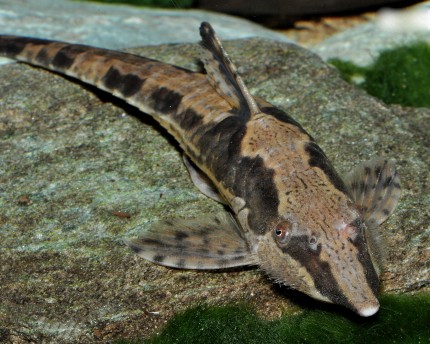


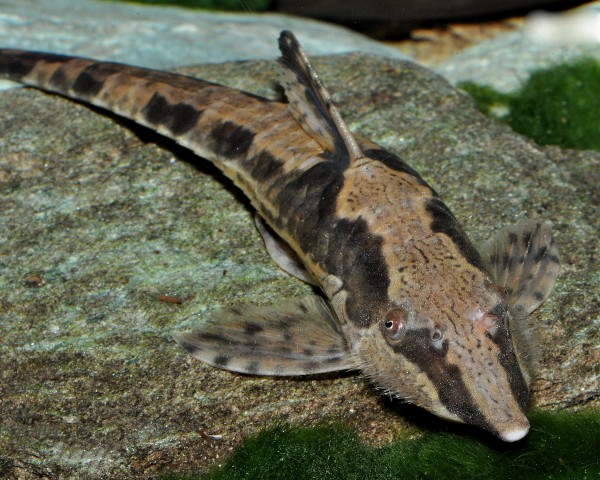


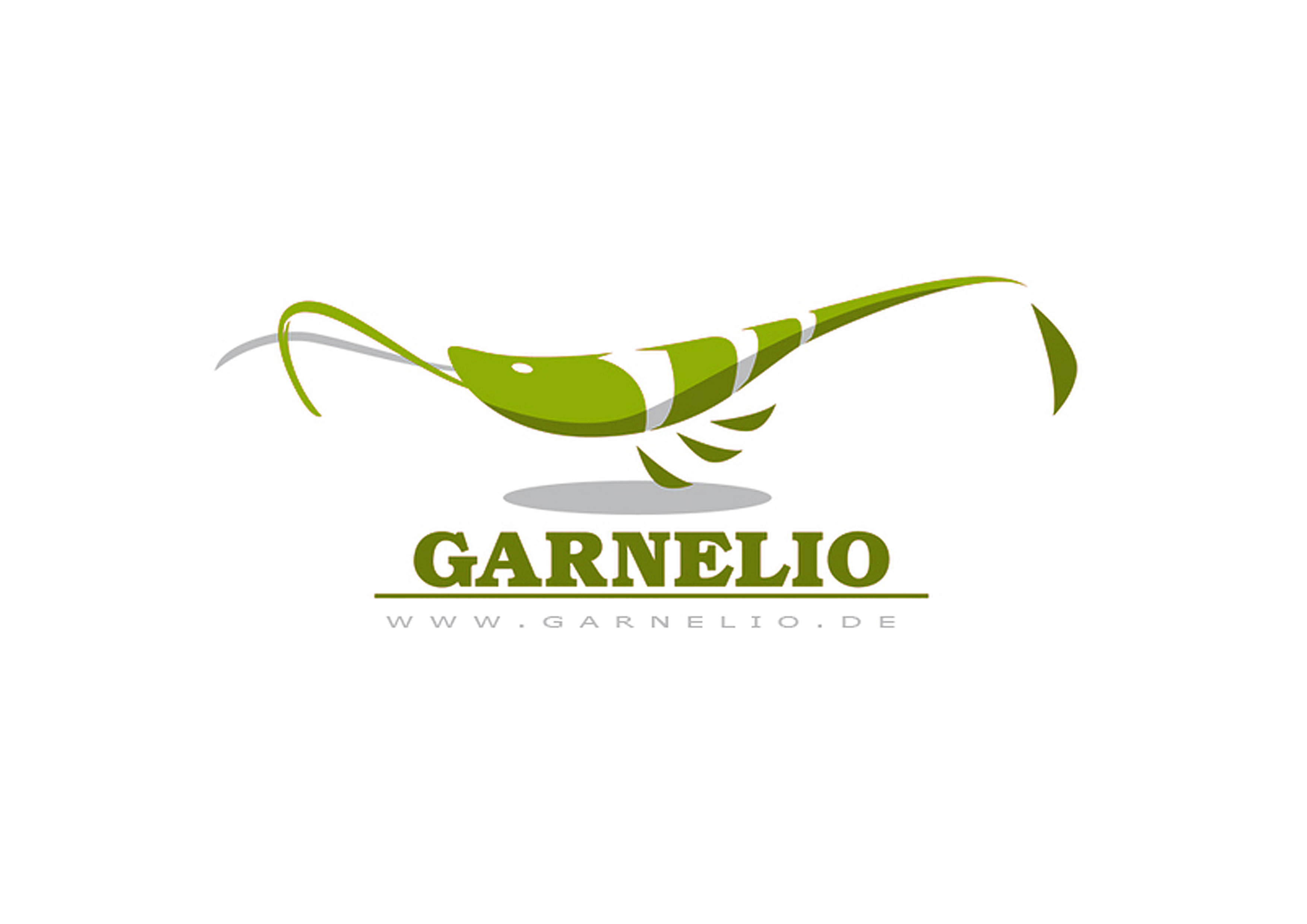
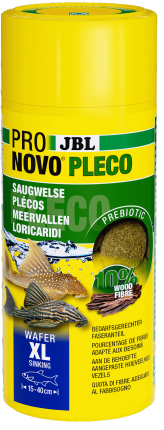
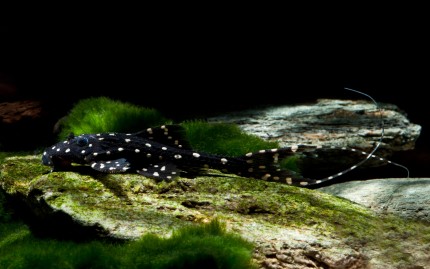
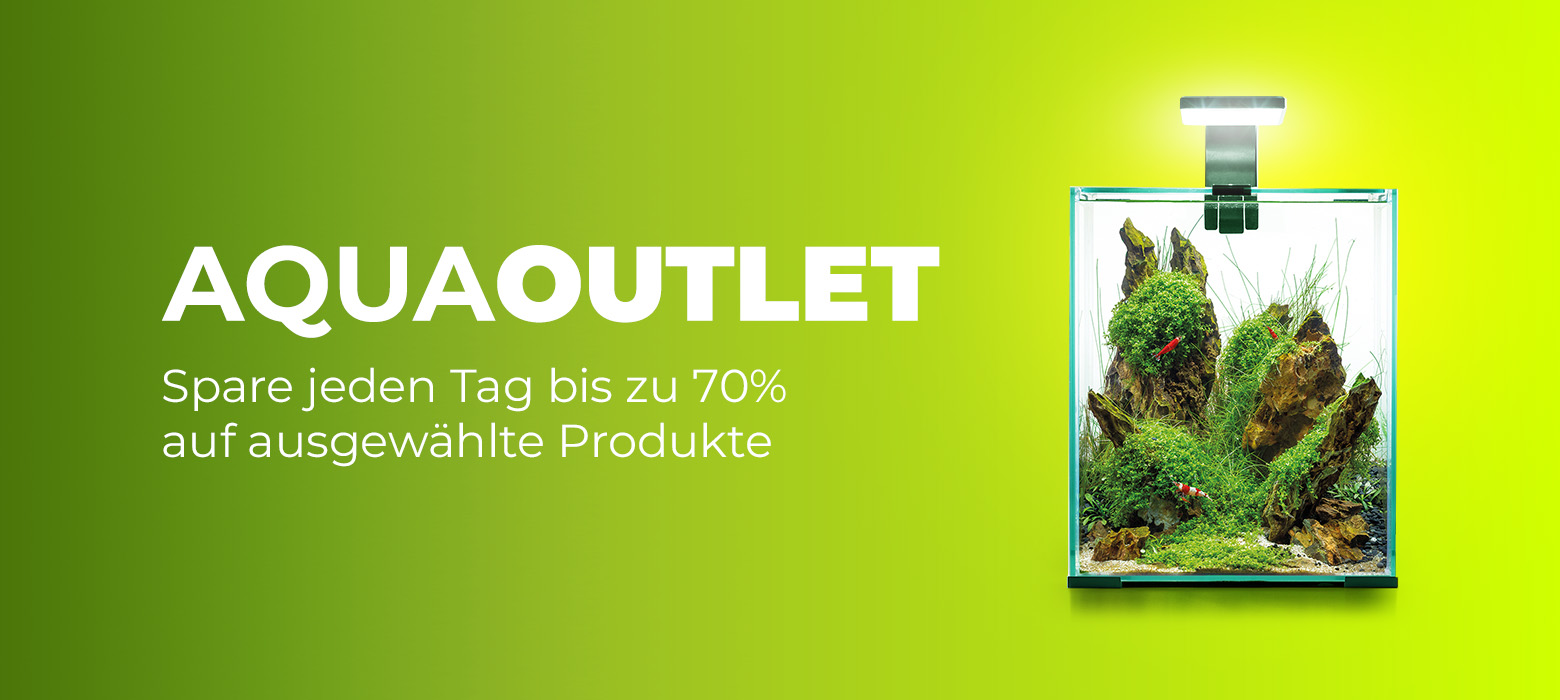

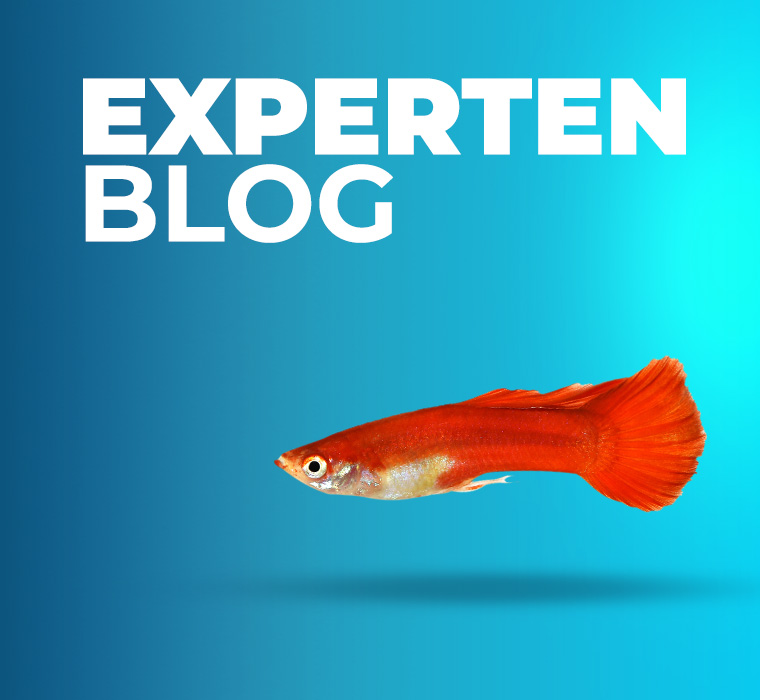


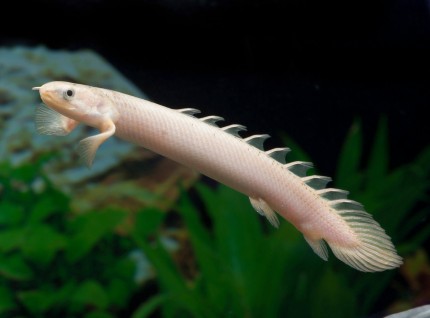
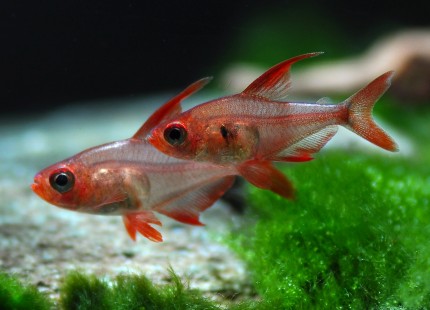
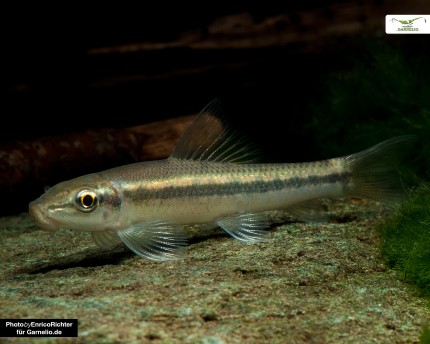
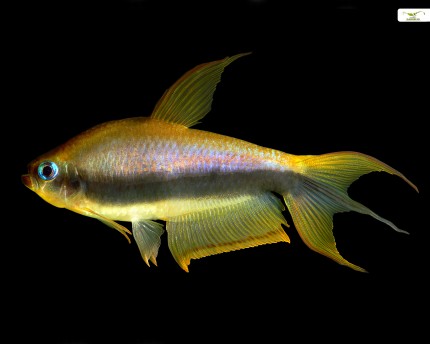
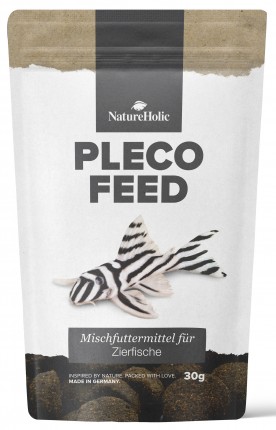
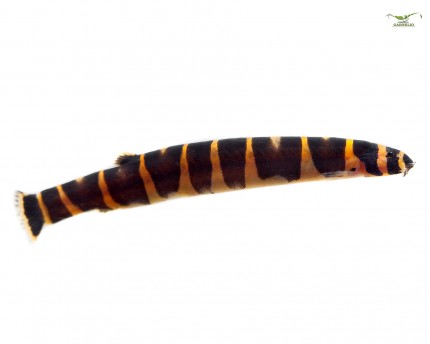
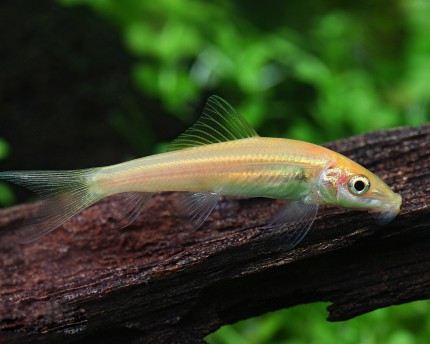
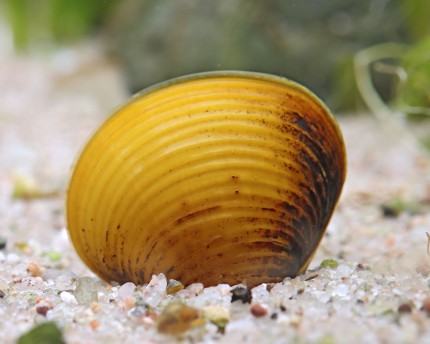
The fields marked with * are required.
I have taken note of the privacy policy.